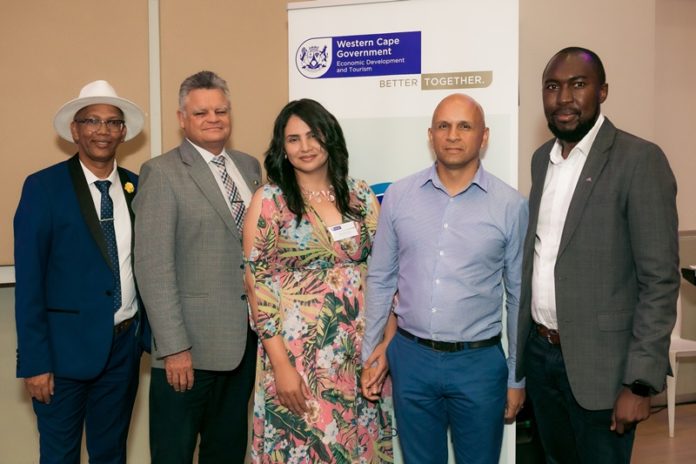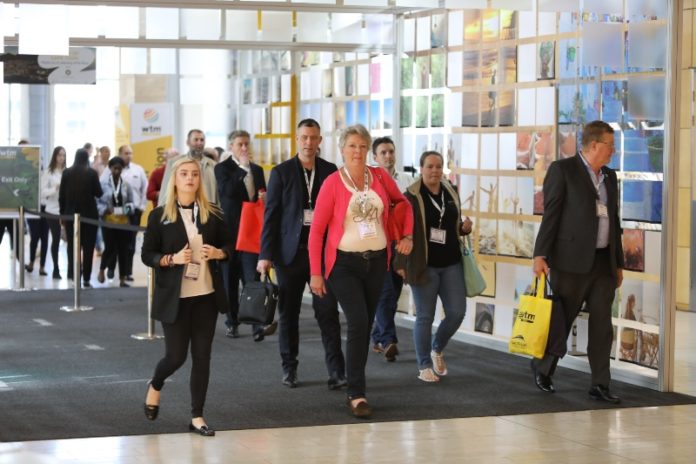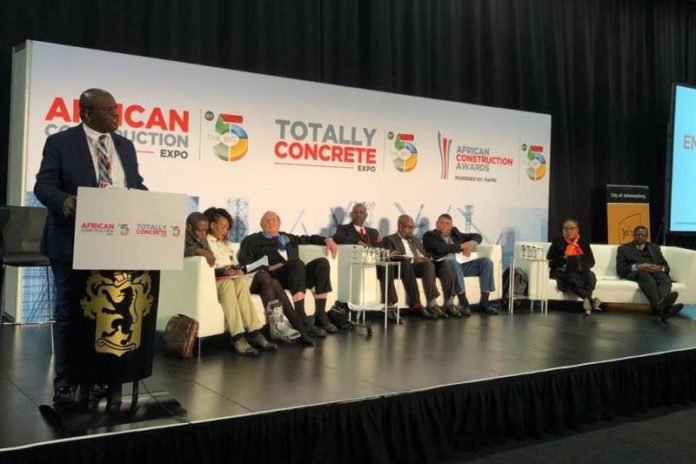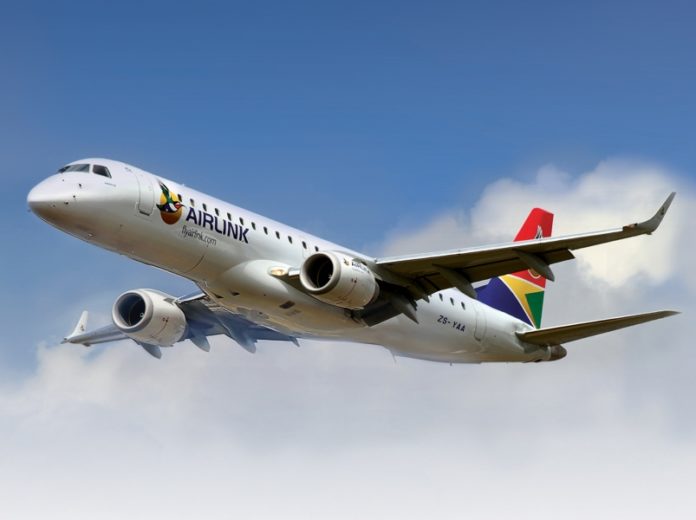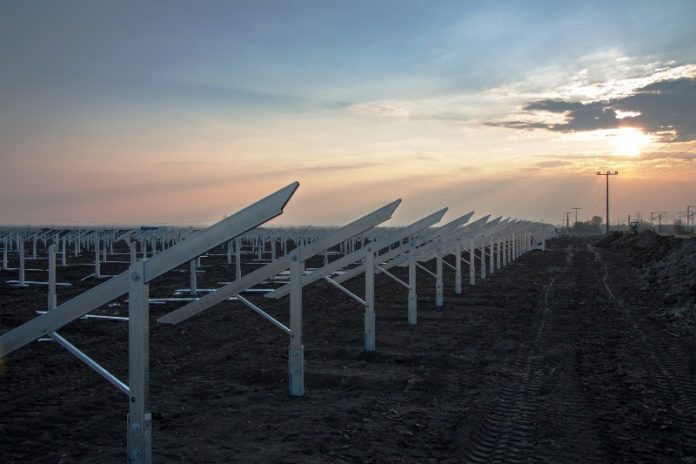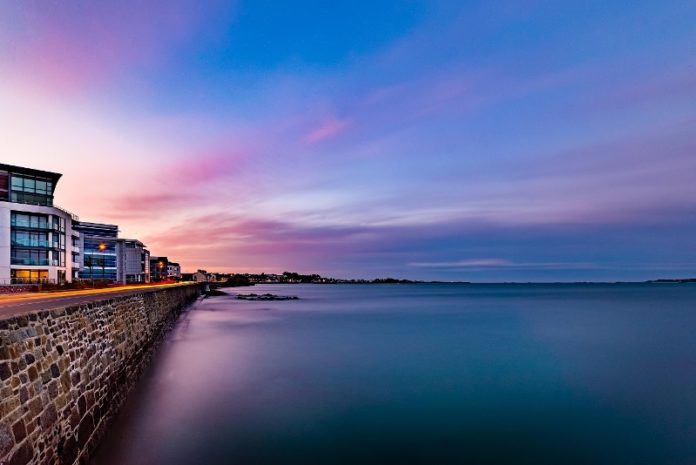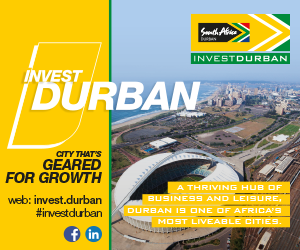Over the past 5 years of being in operation, the False Bay TVET College Centre for Entrepreneurship has seen the value of encouraging aspiring entrepreneurs to participate in events and competitions in the very active space in the Western Cape. One of these competitions is the Western Cape Entrepreneurship Recognition Awards.
Now in its second year, the Western Cape Entrepreneurship Recognition Awards celebrates the hard work of entrepreneurs and their contribution to job creation and growth.
In 2019, 133 entries were received within the six categories. The successful finalists had the opportunity to present their businesses to an independent judging panel. A diverse group of businesses entered, and judges were impressed with the passion and commitment shown by every finalist.
We are thrilled that 3 of the 12 finalists are beneficiaries of the CFE/RI (Centre for Entrepreneurship/Rapid Incubator). I trust their answers inspire greater participation in the competitive environment in 2020.
We asked finalists to comment on the value of the competition, and also to give one “nugget” to the readers:
Culture Lab
Amy Murray and Jacques van Zyl
“Our entry into the WCERA was rather last minute. Vanessa, our mentor, told us in passing that the deadline had been extended and we should enter if we can (I think we had 24 hours or so). Because of this we had little expectations or knowledge on what exactly we were entering. So, when we were called for the presentation training, we were utterly thrilled and looked into the awards a bit deeper.
We discovered the incredible opportunity the WCERA has to offer; not only can one win recognition for their hard work, monetary assistance that goes a very long way for entrepreneurs, mentorship and consulting assistance that we may not have received or purchased without the award, but we also got to meet fellow entrepreneurs and network with a vast field of people with plenty of experience, knowledge and connections. In addition to this, we got to exhibit our product to an audience we do not usually get to reach. Needless to say, we were extremely honoured to be a part of the entire experience.
Prior to becoming a full-blown entrepreneur, I certainly had a misconception of the intensity, hard work, long hours, juggling of hats and financial stress that goes with the title. The hard times are very hard, but the good times are better than most others, I think that is what has kept me in it.”
EmpowerLink Services
Terine Lott-Cupido
“I feel honored and humbled to have been selected as the recipient of the Western Cape Women-owned Business 2019 award. Participating in the WCERA2019, has given me the opportunity to reflect on our progress and impact made to date, as a business.
It has helped us, as EmpowerLink Services, share our past progress made and future growth plans, not only in terms of job creation, but also factoring in our role in community involvement, innovation, economic development and the implementation of clean ‘green’ systems, as a HR consulting business. This has given me, as the business owner, a refreshed perspective on our business development, going forward. A special thanks to Western Cape Department of Economic Development and Tourism, Enterprise Development Directorate, for this wonderful initiative, as well as to all the role players involved in making this event possible, including the judging panel and sponsors.
The WCERA competition was a great learning opportunity and a platform for market linkages. As WCERA 2019 finalists, we were all afforded the opportunity to showcase our service offering to industry at the Western Cape Local Content and Production Summit and Exhibition hosted by the Western Cape Department of Economic Development and Tourism in November 2019, which we are truly grateful for.
I would therefore encourage entrepreneurs to make use of these kinds of competitions. Enter. You will never know, until you try.”
Get Ready START
Verna and Craig Christian
“The value that we have derived from the WCERA competition and event is being recognised and appreciated as a compliant supplier by the WC Government Department of Economic Development. We feel valued as a partner with the Department in our mission to develop our youth into confident, economically active participants that will drive economic development in this country. The Centre for Entrepreneurship has unlocked that door of opportunity for us and we would not have made it this far without the help of the WC Government Department of Economic Development. Thank you, our hard work in growing our business is bearing fruit.
Craig and I have two very sporty, young kids and being present in our kids’ lives as much as we can was one of the reasons for starting a business. Equally important to this is the one nugget that makes our eyes sparkle every day and that is being blessed to be able to do what you love every day of your life and earn a living that way. ‘If you do what you love you will never work a day in your life’.”
Intellicom
Aneesa Cader and Mogamat Abrahams
“PR, Networking, Authenticity and Credibility. Also, an objective view of the value and viability of the company as judges are there to critique!
Work to gain free time, not money. Time can easily be exchanged for money, but more money can never buy you more time!”
The Joinery
Natalie and Kim Ellis
“We found the opportunity to present our ideas to a large panel an extremely beneficial learning curve in how to present, engage and hold ourselves as entrepreneurs. It also allowed us to re-assess parts of our business through really looking deeper into the inner workings. We have since taken positive steps to further improve our processes.
We are innovators, creators and change agents and through having our own business can implement change ourselves, while encouraging others to join us and our movement towards a sustainable future for people and planet.”
Kidz Positive
Beatrice Delpierre
“Kidz Positive is like a family. Often, we get‘family’ that one doesn’t have enough time to really think about what is best for them. By entering the WCERA competition, it forced me to strategically think about the business side of running this ‘family’, so it was very worthwhile spending some time to really study the broad, financial realities of running such a ‘family’. It was really valuable for me to look at the business side of it, as opposed to just running it and keeping it going week by week on a practical level.
Perseverance – Just being able to keep pushing through the many challenges that inevitably present themselves, as well as the many frustrations and difficulties that seem to delay one in achieving ultimate success.”
Article by Mr Steve Reid, False Bay TVET College Centre for Entrepreneurship / Rapid Incubator Manager.
Learn more: www.falsebayincubate.co.za




